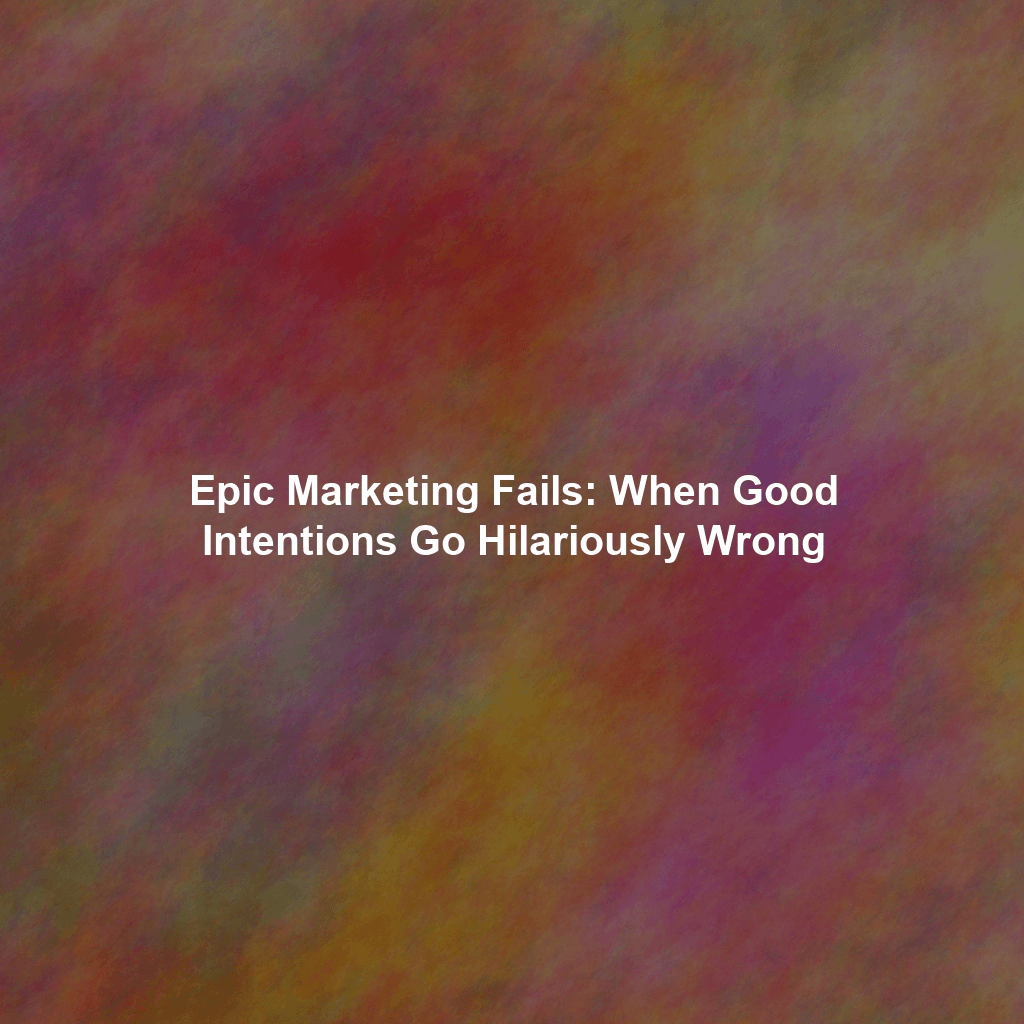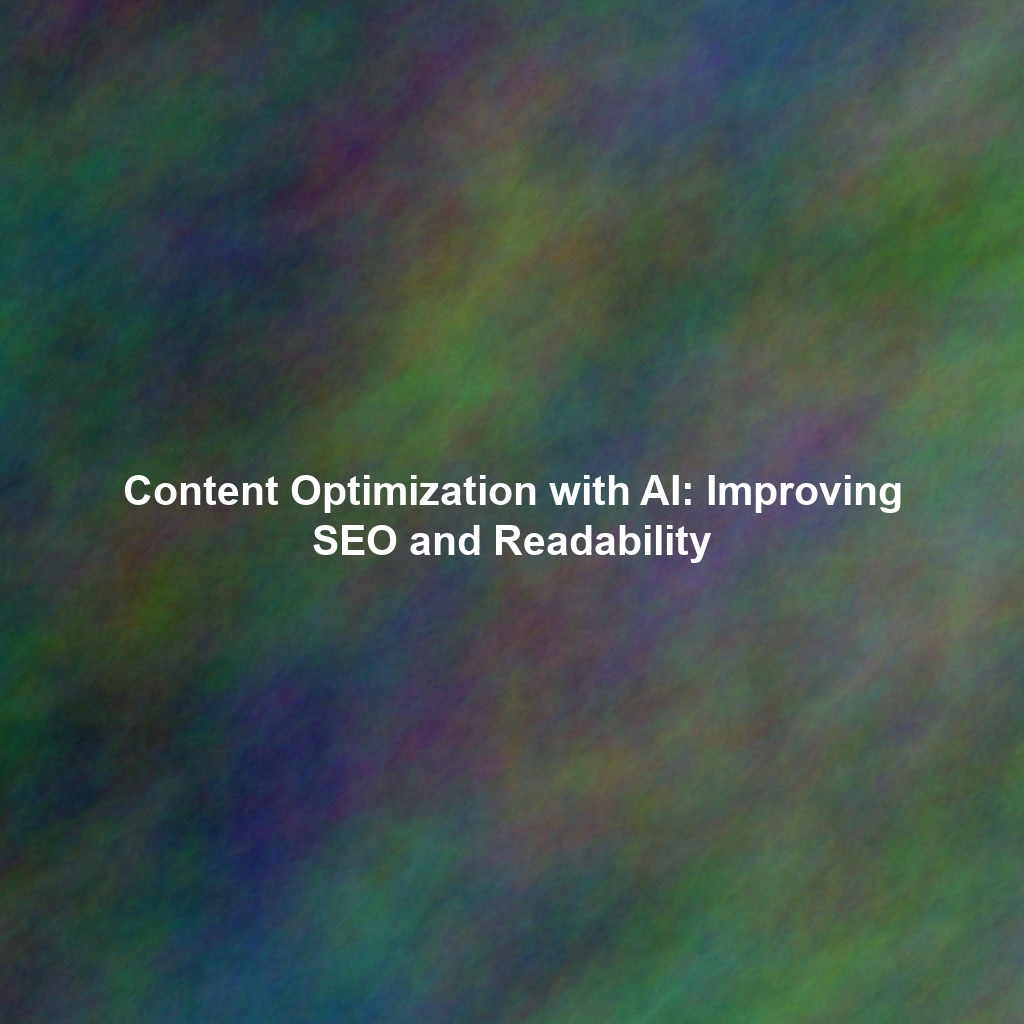The Pepsi Kendall Jenner Debacle: Tone Deafness Personified
In 2017, Pepsi attempted to ride the wave of social activism with a commercial featuring Kendall Jenner. The premise? A can of Pepsi could somehow bridge the gap between protesters and police. The result? A global outcry. The ad portrayed a protest that felt staged and trivialized genuine social justice movements. Jenner, a celebrity with little connection to the issues at hand, handing a police officer a Pepsi as a gesture of peace felt, at best, naive and, at worst, deeply offensive.
Why it Failed:
- Tone Deafness: The ad completely missed the mark on understanding the complexities and sensitivities surrounding social justice issues.
- Lack of Authenticity: Featuring a celebrity in a manufactured protest setting felt incredibly inauthentic.
- Trivialization of Serious Issues: Reducing complex social problems to a simple act of sharing a soda was seen as disrespectful and dismissive.
The Aftermath:
Pepsi quickly pulled the ad and issued an apology. The damage, however, was done. The commercial became a case study in how not to leverage social issues for marketing purposes. It served as a stark reminder that authenticity and understanding are crucial when addressing sensitive topics.
McDonald’s and the “When I Lost My Father” Campaign: A Recipe for Tears (and Not the Good Kind)
In 2017, McDonald’s in Hong Kong launched a commercial featuring a young man and his mother reminiscing about his deceased father. The ad showed the son discovering that his father always ordered a Filet-O-Fish sandwich. The intent was to tug at heartstrings and promote the brand’s connection to family memories. Instead, it sparked outrage.
Why it Failed:
- Exploitation of Grief: Using the death of a loved one to sell fast food was widely perceived as insensitive and manipulative.
- Unrealistic Connection: The idea that a Filet-O-Fish could represent a significant memory felt contrived and forced.
- Cultural Misunderstanding: While intended to resonate with family values, the ad instead came across as disrespectful to the mourning process.
The Aftermath:
The ad was met with fierce criticism, forcing McDonald’s to apologize and remove the campaign. The episode highlighted the importance of cultural sensitivity and the potential pitfalls of using emotionally charged topics for commercial gain. People generally don’t want to be reminded of the death of a parent when contemplating a burger.
New Coke: When “New and Improved” Just Isn’t Better
Let’s rewind to 1985. Coca-Cola, fearing market share loss to Pepsi, decided to revamp its iconic formula. They introduced “New Coke,” boasting a smoother, sweeter flavor. The problem? People loved the original Coke. The backlash was immediate and intense. Consumers protested, stockpiled the original formula, and even formed groups dedicated to bringing back “Classic Coke.”
Why it Failed:
- Underestimation of Brand Loyalty: Coca-Cola drastically underestimated the emotional connection people had with the original formula.
- Ignoring Consumer Preferences: Despite taste tests suggesting the new formula was preferred, those tests didn’t account for the deeply ingrained loyalty to the original.
- Perceived Betrayal: Introducing New Coke felt like a betrayal to loyal customers who had grown up with the original.
The Aftermath:
After just 79 days, Coca-Cola bowed to public pressure and reintroduced “Coca-Cola Classic.” The New Coke fiasco became a legendary marketing blunder, proving that sometimes, the best thing to do is leave well enough alone. It also inadvertently strengthened the Coca-Cola brand in the long run, demonstrating the powerful bond consumers had with the original product. While a monumental mistake, some argue that Coca-Cola benefitted in the long run from the mistake due to the free media coverage and renewed interest in their brand.
DiGiorno’s #WhyIStayed: A Social Media Crisis in 140 Characters
In 2014, DiGiorno Pizza, in a moment of social media obliviousness, used the hashtag #WhyIStayed to promote their frozen pizzas. The hashtag was being used by survivors of domestic violence to share their stories. The resulting tweet, ” #WhyIStayed You had pizza,” was a public relations nightmare.
Why it Failed:
- Lack of Awareness: The social media team clearly didn’t research the context of the hashtag before using it.
- Insensitivity: The tweet trivialized a serious and sensitive issue.
- Poor Judgement: Using a hashtag associated with domestic violence to promote pizza was incredibly poor judgement.
The Aftermath:
DiGiorno immediately deleted the tweet and issued a series of apologies. The company’s social media manager took personal responsibility for the mistake. The incident served as a cautionary tale about the importance of understanding the context of social media trends and exercising extreme caution when participating in sensitive conversations. It also highlights the need for a robust approval process for social media content.
 Skip to content
Skip to content

